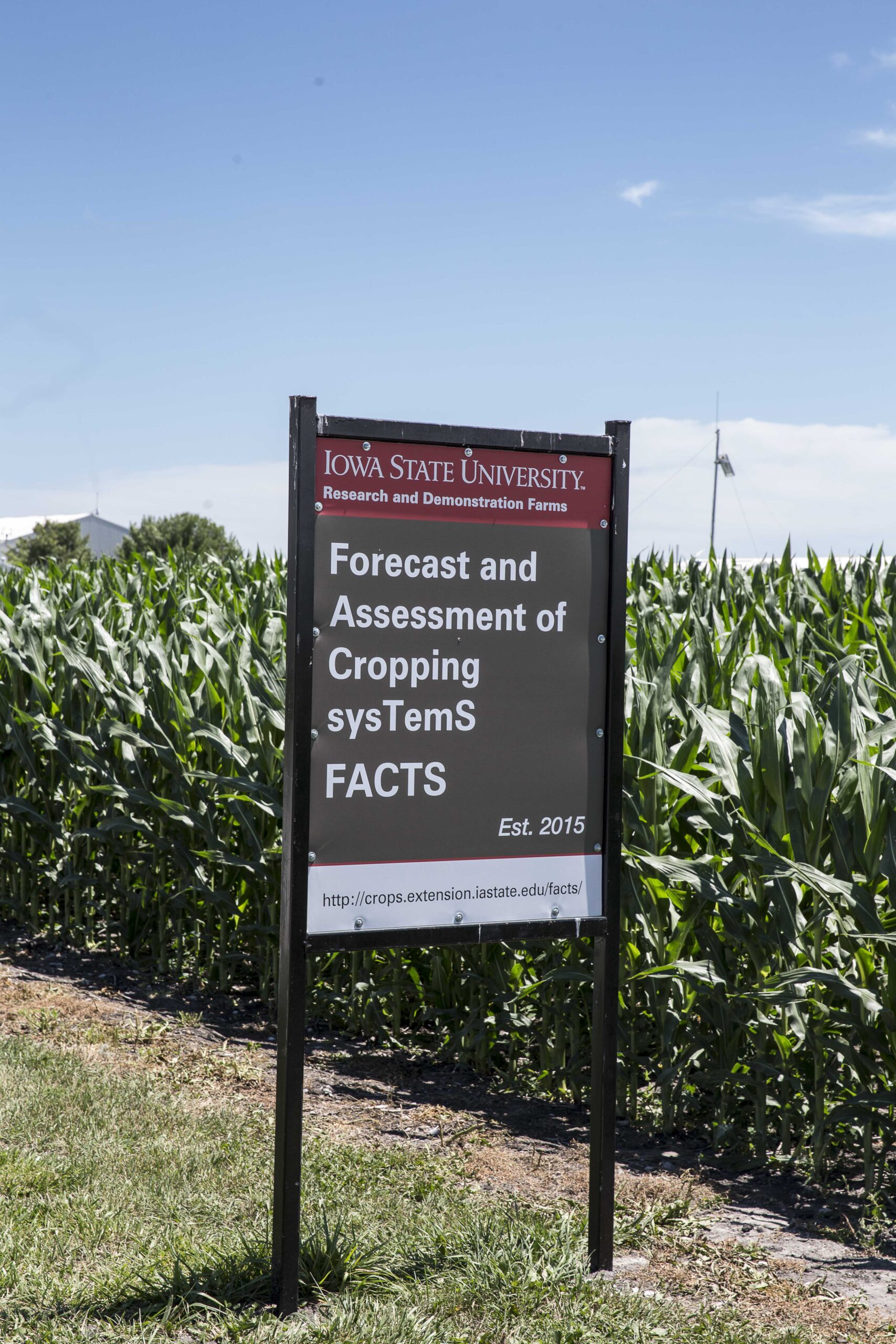This project seeks to identify and develop cropping systems that produce large quantities of biofuel feedstocks while protecting soil and water resources and increasing biodiversity on the Iowa landscape. Treatments in the COBS experiment include a conventional corn-soybean cash grain system; continuous corn grown for grain and stover, with and without a winter cover crop; a mixture of perennial prairie plants fertilized for high biomass production; and a highly diverse, unfertilized mixture of prairie plants, which serves as a benchmark for understanding the functional characteristics of a native plant community. Our central premise is that cropping systems designed to produce large amounts of biomass, with high net energy return, can simultaneously create significant environmental benefits. Our working hypotheses are that (1) cover crops can reduce nutrient losses from corn production systems, (2) diverse mixtures of perennial plants can produce nearly as much biomass as conventionally managed corn, but with greater economic and energetic efficiency; and (3) diverse plant mixtures used for feedstock production can emit fewer pollutants to drainage water, sequester more carbon, and reduce greenhouse gas emissions relative to corn- and soybean-based cropping systems. We will compare systems by measuring plant productivity, resource use efficiency, nutrient dynamics, soil organic matter maintenance and production, carbon sequestration, CO2 emissions, and drainage water quantity and quality. Direct comparisons within a spectrum of cropping systems will lead to informed analyses of the advantages and disadvantages of each system.
Forecast and Assessment of Cropping sysTemS (FACTS; 2015-present)
FACTS is an ongoing project developed to forecast and evaluate real-time soil-crop dynamics in specific ISU fields. Predictions and measurements will be frequently updated as new information becomes available during the growing season.
What we do:
- During the growing season we provide real-time measurements and forecasts for weather, soil water and nitrogen, crop water and nitrogen, yield predictions, crop stage and heat/frost stress.
- Before/after the growing season we benchmark production, economic, and environmental performance, estimate the yield gaps, and perform what-if scenario analysis to identify management practices with the highest profits and lowest environmental impacts.
Why we do it:
- To provide quantitative answers to questions that farmers commonly ask such as what is going to be the yield this year, how much nitrogen is in the soil today, do I have enough soil water for the next few days, what if I had used more nitrogen, planted more seeds, gotten more rain.
- To improve the science behind predictive tools, ground-truth predictions, and explore different approaches to accurately forecasting yields.
